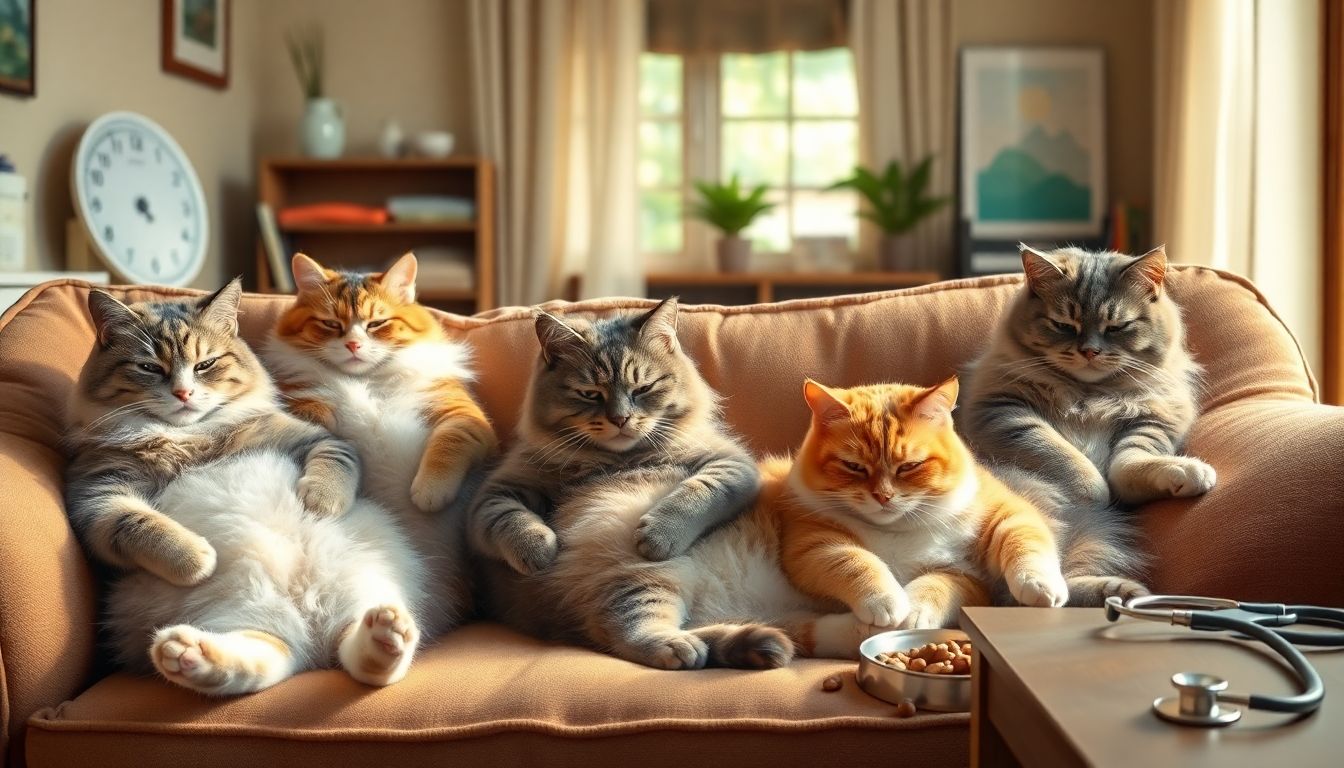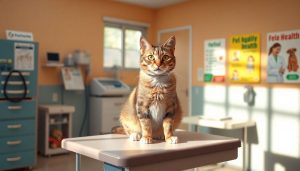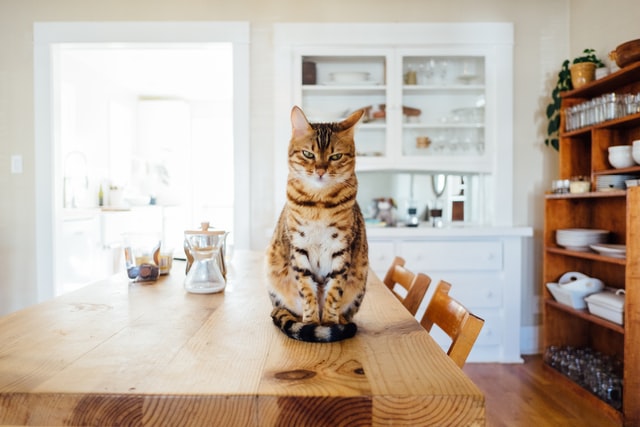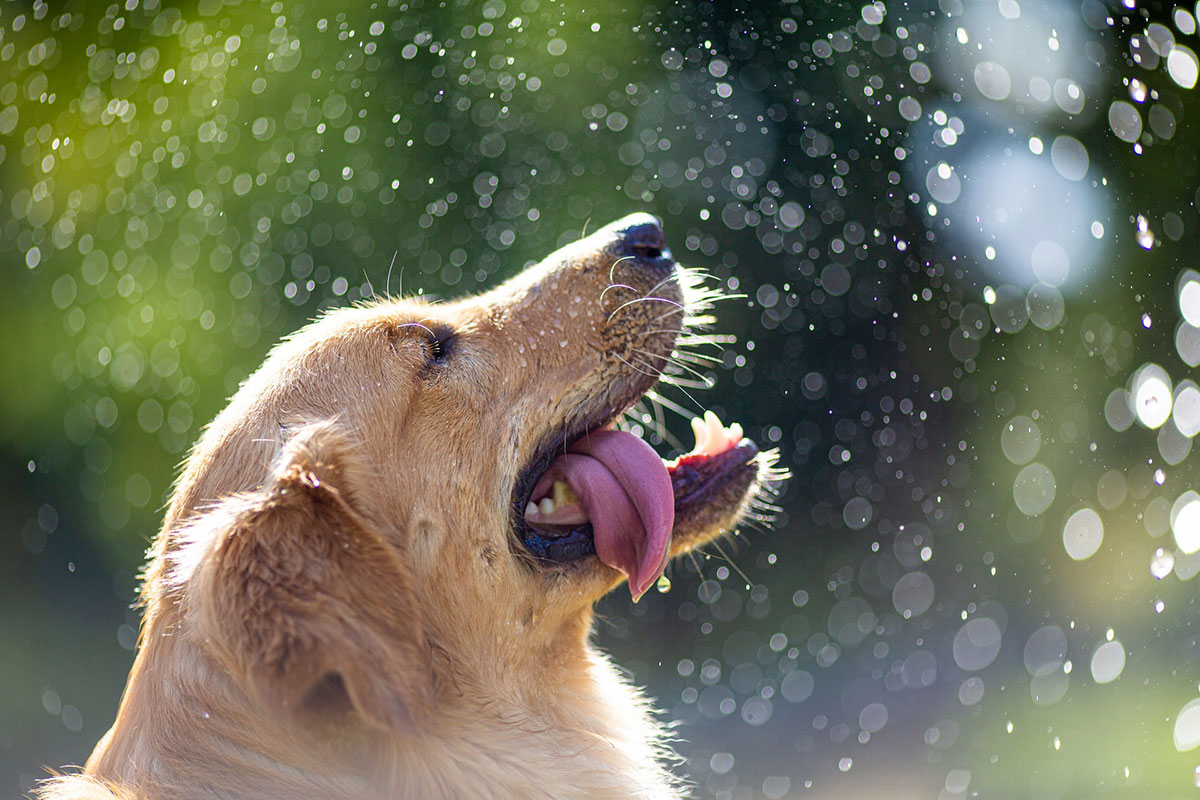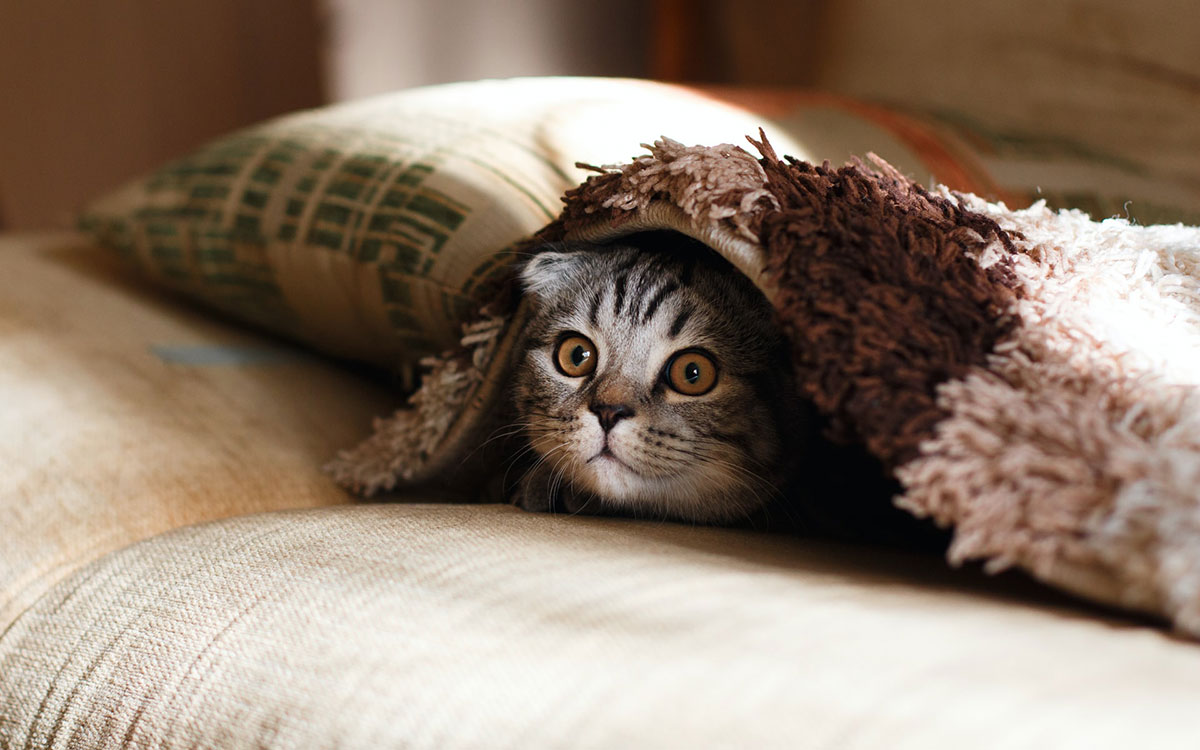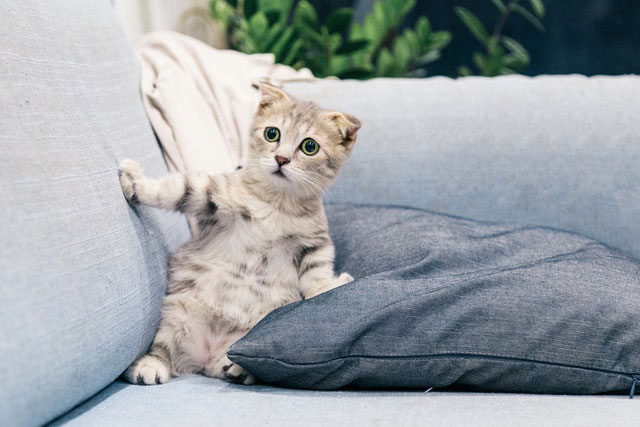Introduction
The number of overweight cats is more than ever these days. These issues affect much more than appearance — they can significantly harm your cat’s health. Understanding feline obesity is key to helping your cat live a longer, happier life. This article explores common health risks, causes, and ways to manage weight in cats.
Overweight Scope in Cats
Statistics about Cat Obesity
Almost 60% of adult cats are overweight or obese. Age, breed, and activity level affect what’s considered a healthy weight. Indoor cats tend to gain more weight due to lower activity levels. Certain breeds, like British Shorthairs, are more prone to weight gain.
Consequences of Extra Weight
Extra weight can lead to mobility issues, lethargy, disease risk, and even a shorter lifespan. Early action can help avoid many of these health declines and improve your cat’s quality of life.
Common Health Problems in Overweight Cats
Diabetes Mellitus
Obesity increases the risk of diabetes by causing insulin resistance. Managing weight and providing a proper diet is crucial, usually under a vet’s guidance.
Orthopedic Issues
Excess weight increases the risk of arthritis and joint pain. Symptoms include limping, stiffness, and trouble jumping. Use soft bedding and encourage gentle exercise to ease discomfort.
Heart and Respiratory Diseases
Extra fat makes the heart work harder and reduces lung function. Coughing, labored breathing, and lethargy are common symptoms. Regular vet visits are essential for early detection and treatment.
Liver Disease (Hepatic Lipidosis)
Fatty liver disease is common in overweight cats, especially after sudden loss of appetite. Symptoms include vomiting, anorexia, and jaundice. Healthy weight maintenance helps reduce the risk.
Higher Incidence of Some Cancers
Obesity has been linked to digestive and other cancers in cats. Chronic inflammation caused by excess fat may be a contributing factor. Keeping a healthy weight lowers this risk.
Causes of Obesity in Cats
Dietary and Nutritional Factors
Overfeeding is a key cause. Treats and table scraps often add excess calories. Feed a controlled, portion-based diet and avoid free-feeding.
Sedentary Lifestyle
Indoor cats are often inactive, leading to weight gain. Provide engaging toys and climbing furniture to encourage movement and exercise.
Breed and Genetic Predispositions
Breeds like Ragdolls and British Shorthairs are more prone to obesity. Genetic factors also affect how easily a cat gains or loses weight.
Illnesses that Cause Weight Gain
Conditions like hypothyroidism or hormonal imbalances may lead to weight gain. If your cat is gaining weight despite proper diet and exercise, consult your vet.
Prevention and Management Strategies
Appropriate Nutrition and Portion Control
Feed high-quality food designed for weight control. Measure portions accurately and use feeding schedules. Try puzzle feeders or treat-dispensing toys to slow down meals and make them more engaging.
Creating Exercise and Physical Activity
Play daily with toys like feather wands, laser pointers, and rolling balls. Set up cat trees and shelves to promote climbing and movement. Make exercise fun and part of your routine.
Conclusion
Managing your cat’s weight isn’t just about looks — it’s vital for their physical and emotional well-being. Spotting the signs early and taking steps to prevent obesity can add years to your cat’s life. Stay involved, keep learning, and enjoy every moment with your feline friend.
